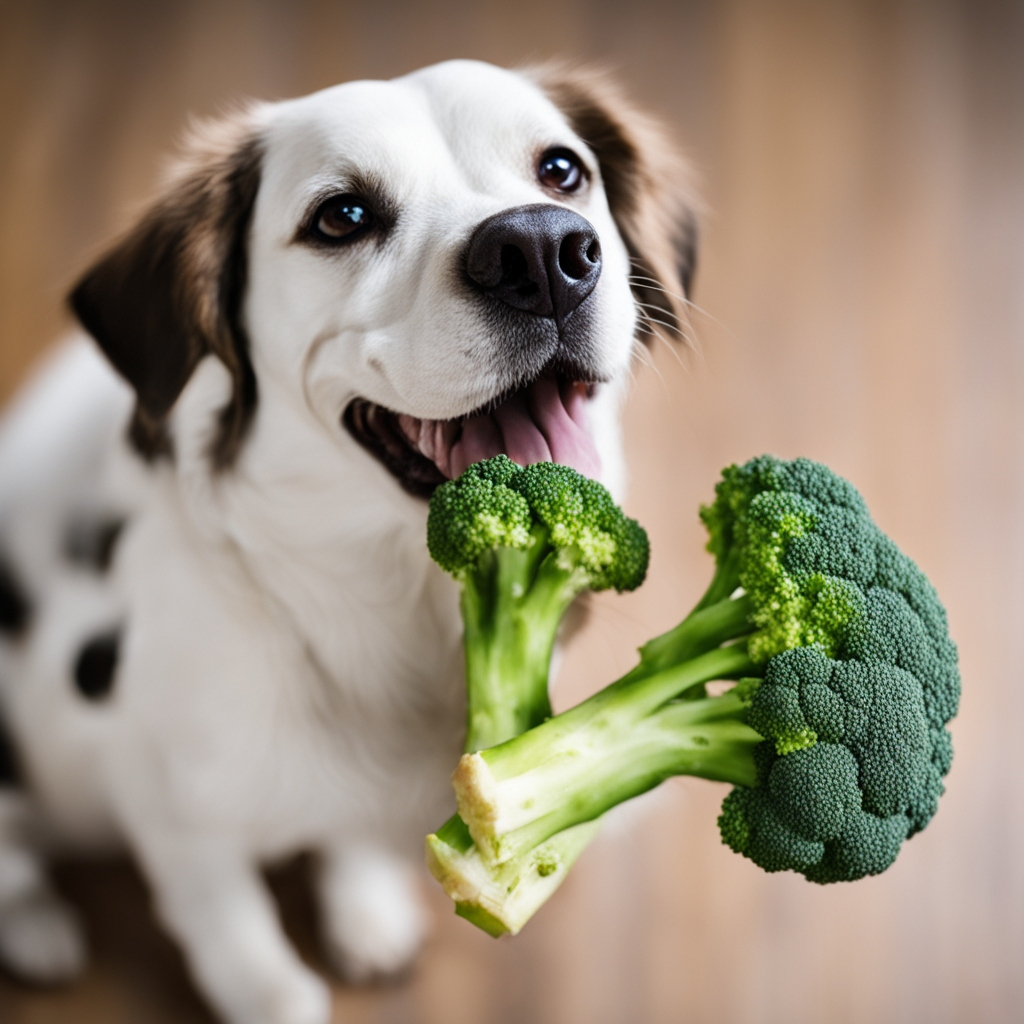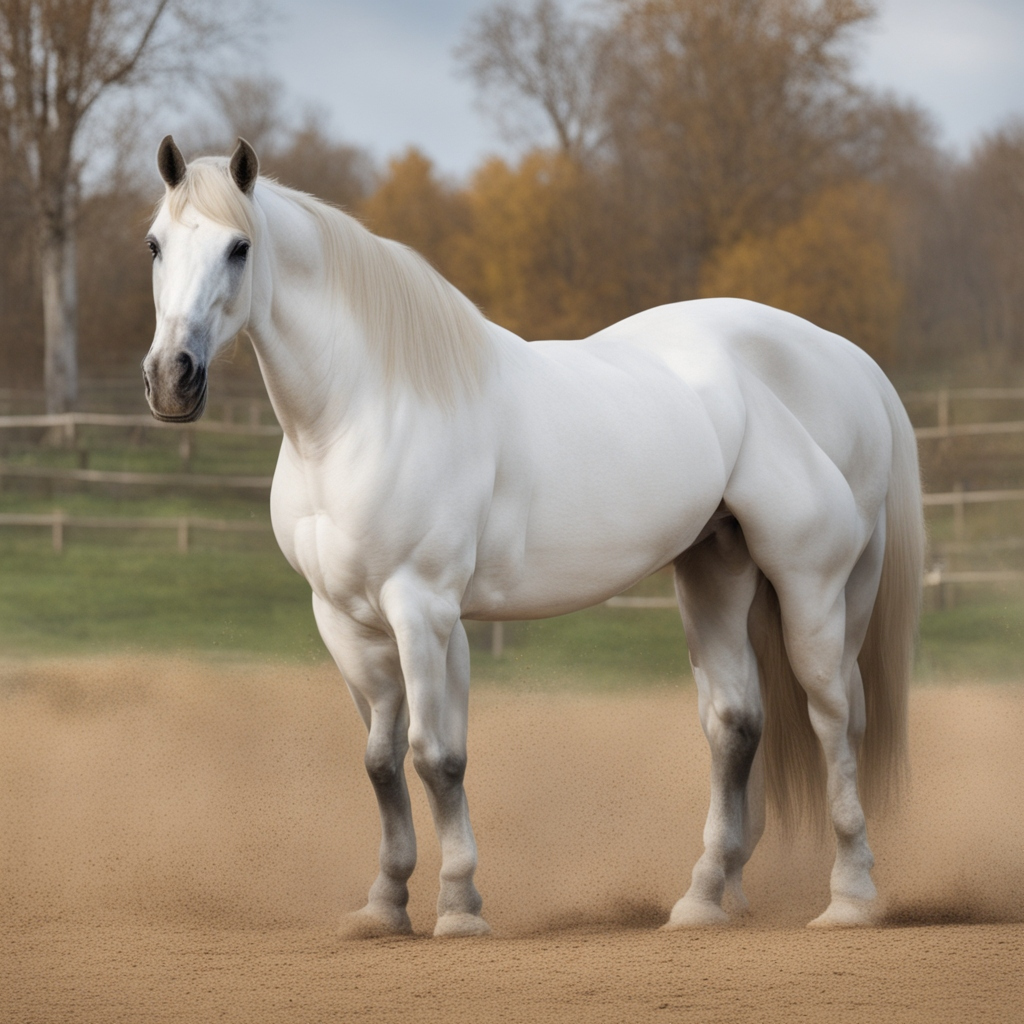

When new owners ask how much does a horse weigh, they usually want two things: a reliable average and a way to estimate their own horse at home. The short answer is that most adult riding horses weigh around 1,000–1,200 pounds, yet the true number depends on breed, height, build, age, and fitness. This guide breaks down average horse weight by type, shows you quick estimating methods, and explains how to keep weight healthy all year.
If you only have a minute, here’s the speedy overview of horse weight by category:
So, how much do horses weigh on average? For many adult saddle horses, a good ballpark is about 1,100 lb but your horse may sit above or below that depending on build and training.
People phrase this in many ways what is the average weight of a horse, what’s typical, or simply average weight of a horse. Because breeds vary widely, most professionals talk in bands, not a single number. Across common riding breeds, the average horse weight clusters between 1,000 and 1,200 lb. Ponies and minis trend well below that band, while warmbloods and drafts trend well above.
Several factors shift the number:
Because of these variables, the better question than how much does a horse weigh is how much should this horse weigh for ideal health and performance.
The average quarter horse weight sits roughly 950–1,200 lb, with some compact ranch‑type geldings near the top of that range and racier, refined individuals closer to 1,000 – 1,100 lb. Quarter Horses carry substantial muscle over a medium frame, so two animals of the same height can differ by 100 lb or more. When you ask how much does a horse weigh in the context of stock breeds, remember that muscle is dense; a well‑conditioned roping horse can weigh more than a taller but lankier type.
Use these charts as starting points. They answer how much do horses weigh across familiar groups, but always check your individual horse with a tape or scale.
| Type / Breed (adult) | Typical Range (lb) | Notes |
| Arabian | 800–1,000 | Refined frame, efficient metabolism |
| Morgan | 900–1,100 | Compact, deep‑girthed |
| Standardbred | 900–1,100 | Longer body length, solid bone |
| Quarter Horse | 950–1,200 | Muscular, heavy for height |
| Paint/Appaloosa | 950–1,200 | Similar to Quarter Horse |
| Thoroughbred | 1,000–1,200 | Lean, athletic build |
| Type / Breed (adult) | Typical Range (lb) | Notes |
| Warmblood (Hanoverian, Dutch) | 1,100–1,400 | Large frame, substantial bone |
| Friesian | 1,100–1,400 | Heavy feathering, compact body |
| Clydesdale/Percheron/Shire | 1,600–2,200 | Massive bone and height |
| Type | Typical Range (lb) | Notes |
| Shetland & small ponies | 400–600 | Easy keepers; monitor calories |
| Larger ponies (Welsh, Connemara) | 600–900 | Athletic, dense muscle |
| Miniature horses | 150–350 | Tiny frame; watch for obesity |
These bands help you answer how much does a horse weigh in conversation, yet they are still approximations.
You won’t always have a large‑animal scale. Fortunately, you can estimate horse weight with weight tapes or a simple measuring formula. Both methods help you check trend lines between veterinary visits.
A commercial weight tape uses your horse’s heart girth to estimate pounds. Wrap the tape around the girth (just behind the withers and elbows), snug but not tight. Read the number where the tape meets. While not perfect, a tape is consistent, which matters most when you track gain or loss.
Use a soft tape measure and record:
Then calculate:
Weight (lb) ≈ (Heart Girth² × Body Length) ÷ 330
(For adult light horses; foals and drafts use different divisors.)
Example: If the girth is 75 in and length is 63 in: 75² = 5,625; 5,625 × 63 = 354,375; ÷ 330 ≈ 1,073 lb. That aligns with the average horse weight range for many saddle horses.
Either approach gives you a practical answer to how much does a horse weigh today, and more importantly how that number changes over time.
Numbers only tell part of the story. Pair them with the Henneke Body Condition Score (BCS 1–9), which looks at fat cover along the neck, withers, ribs, loin, and tailhead. Most adult horses feel best between BCS 4–6. A rib you can feel but not see is a common goal for riding horses. When owners ask what is the average weight of a horse, professionals quickly add, “and what is the condition?” because two 1,100‑lb horses can look and perform very differently.
Signs your horse may be overweight:
Signs of being underweight:
Tracking both horse weight and BCS gives a fuller picture than either metric alone.
Understanding how much does a horse weigh protects health and saves money:
Because average horse weight can mask individual needs, weigh and assess your own horse regularly.
Once you know how much do horses weigh in your barn, feed toward ideal condition not a generic average.
Because the average weight of a horse doesn’t account for health issues, partner with your veterinarian for tailored plans.
It’s normal for horse weight to drift with seasons and workload. Winter coats and less turnout often push numbers higher; summer heat and longer rides may lower them. Keep asking how much does a horse weigh at the same time of day to remove the noise of gut fill and water.
Q1: Exactly how much does a horse weigh on average?
Across common riding breeds, about 1,000–1,200 lb is typical. However, what is the average weight of a horse depends on breed and frame.
Q2: How much do horses weigh by height?
Height correlates with horse weight, but build matters just as much. A 15.2 hh stock‑type gelding might weigh 1,150 lb, while a 16.1 hh lean Thoroughbred could weigh 1,050 lb.
Q3: Is the average quarter horse weight higher than a Thoroughbred?
Often yes, thanks to muscle density and barrel depth. Many Quarter Horses sit 1,000–1,200 lb, overlapping with Thoroughbreds but frequently on the heavier side for the same height.
Q4: What affects daily weigh‑ins?
Gut fill, water intake, and manure output can swing horse weight by 20–40 lb in 24 hours. Weigh at the same time of day for cleaner trends.
Q5: Can I estimate without a tape?
Yes. Use the girth‑length formula: (Girth² × Length) ÷ 330 for adult light horses. It gives a solid ballpark for how much does a horse weigh.
Q6: How much weight can a horse carry?
A common guideline is 15–20% of body weight, including tack, but fitness, terrain, and saddle fit matter.
So, how much does a horse weigh? For many adults, the simple answer is around 1,100 lb, yet context rules. Use breed‑based bands to set expectations, then confirm with a tape, formula, or scale. Track horse weight alongside body condition every month. Finally, feed and train to the horse standing in front of you not to a textbook average weight of a horse. When you do, numbers become tools, not guesses, and your horse stays sound, strong, and ready to work.

Passionate pet lover sharing trusted tips on dog, cat and other pets care, health, and lifestyle.


